Finger pain is one of the most common injuries climbers experience in the sport. It’s hard to think of a friend who hasn’t felt the horrible twinge of pain as their fingers stress underload while climbing. The pulley is by far the most common finger injury amongst climbers (see the here for some tips to manage this injury).
So, when climbers feeling finger pain while training, they usually assume they have “done a pulley” and treat it as such. But what about finger pain that isn’t the pulley? Rehab aimed at the pulley won’t work if that isn’t the diagnoses.
An often-overlooked finger injury in climbing is pain at the joint of the finger. Often climbers will experience swelling and pain around the knuckle that comes on after climbing and can take time to settle. Left untreated they notice difficulty with bending and flexing their finger and a dull ache during small range of movement. One cause of this pain is joint synovitis. This is the thickening of the synovial cartilage between the joints of our fingers. Where our fingers bend there is a synovial joint that is lubricated by a membrane. This fluid allows the joint to move smoothly and easily into flexion and extension. If this membrane becomes thickened or inflamed the joint can look visibly puffy and ache.
This pain and swelling can alarm young climbers whose only concern is to climb, crush and keep moving. Unfortunately, if left untreated the painful can increase, range of motion can limit and lead to impaired blood flow to the area. Over time this can lead to long lasting joint deformity.
Now for the good news. Joint synovitis can be successfully managed with rehabilitation exercises, modifications to climbing, and strengthening programs. The goal is never to stop climbing but short-term adjustments can lead to a long and healthy climbing career. If you finger is sore after climbing, don’t self-diagnosis, get it checked by a Physiotherapist for a guided rehabilitation programme to get you back on the wall.
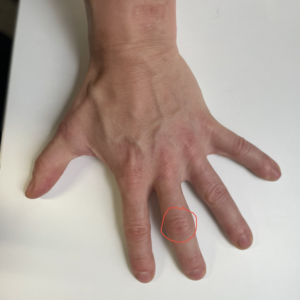
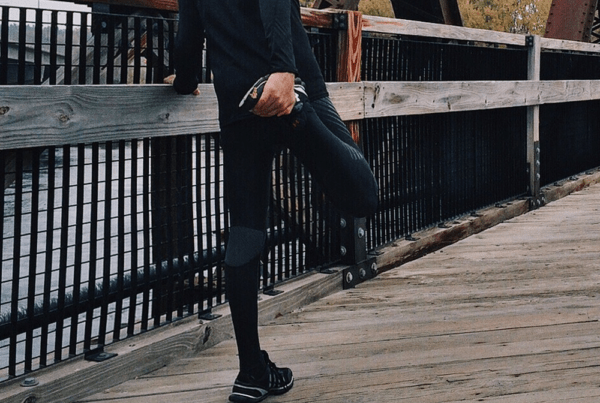
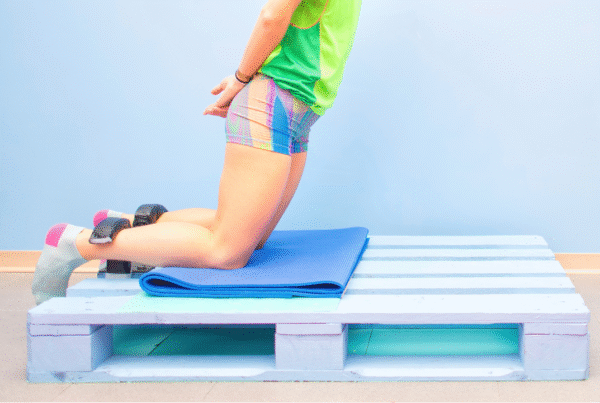


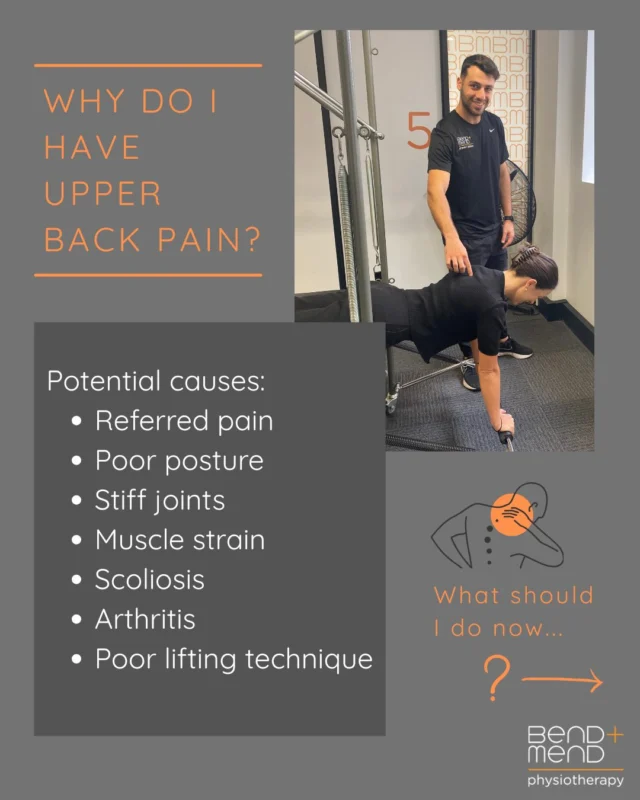
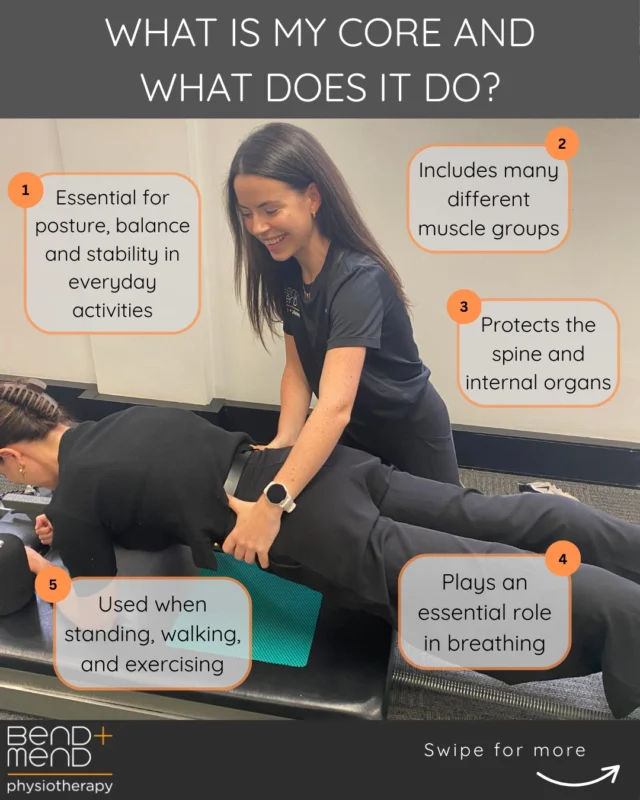
Hi Meredith,
I found your write up interesting. It matches up with my symptoms pretty well. I has a sore finger that has been that way for many months now. It seems like an on-going inflammation round the first joint of the index finger. I am trying to find a good set of treatements to get the inflamation in control and allow it to heal.
I was wondering if you might have some recommendations for exercises, medicines or any other treatment.
Siamak
Hello Siamak,
Thank you for your comment.
Joint synovitis is common in climbing and can limit your training which can be very frustrating. It would be a good idea to get it properly assessed in the clinic to make sure it isn’t a pulley or tendon issue. Depending on your training program, load tolerance, and equipment that you have available we can put together a personal rehab program for you.
Thank you
Kind regards,
Meredith
Hi Meredith,
Thanks for your article! I did some crack climbing two days ago, where my whole body weight got on my index lower knuckle (basically crushed my hand against the wall where the contact point was my palm and my knuckle). The pain has almost gone but somehow my tendon seems to have very large range of motion now. Do you think it could be joint synovitis?
Best,
Nicolas
Hi Nicholas,
Meredith is on leave at the moment so I can help you out.
You mentioned your tendon seems to have greater range of motion than before? This is not typical of joint synovitis which is an inflammation of the joint and normally causes the joint to become more stiff with less range of motion.
Synovitis is also often associated with joint swelling. There may be another reason for the greater range of motion so it might be best for you to have the finger and joint checked out by a Physio. Applying ice is also a good idea.
It’s a good sign that the pain is resolving however.
Kind regards,
Kellie